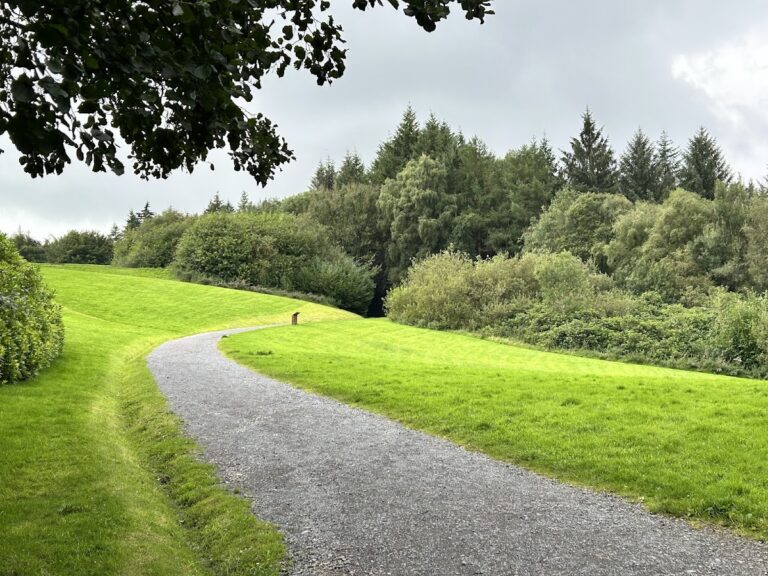Belle Isle Castle: A Historic Estate in Northern Ireland
Visitor Information
Google Rating: 4.8
Popularity: Low
Google Maps: View on Google Maps
Official Website: belle-isle.com
Country: United Kingdom
Civilization: Unclassified
Remains: Military
History
Belle Isle Castle is situated on Belle Isle Estate near Lisbellaw in Northern Ireland. The estate was originally developed by members of the Anglo-Irish Gore family, who established their presence in the region during the early 18th century.
The initial structure on the site was built around 1700 by Sir Ralph Gore, the 4th Baronet, following land acquisition by his grandfather, Sir Paul Gore. This early house formed the foundation upon which the estate would grow. Over the course of the 18th century, Sir Ralph Gore’s grandson, General Ralph Gore, 1st Earl of Ross, undertook significant expansions. He introduced cottages, erected a tower, and worked closely with Thomas Wright, a noted designer of the time, to lay out extensive gardens that enhanced the estate’s landscape and prestige.
Upon the death of the 1st Earl of Ross in 1801, ownership passed to his only surviving child, Lady Mary Hardinge. She and her husband, Sir Richard Hardinge, 1st Baronet, maintained the estate until their deaths—Lady Hardinge in 1824 and Sir Richard two years later. The property then transferred to their nephew, Reverend Sir Charles Hardinge, 2nd Baronet, who sold Belle Isle in 1830.
The purchaser was Reverend John Grey Porter of Kilskeery, whose family held the estate for over 160 years. During this period, the Porters further expanded the castle by adding new wings and cottages, reflecting changing needs and tastes across the 19th and 20th centuries. In 1991, Miss Lavinia Baird, a descendant of the Porter family, sold the property to James Hamilton, 5th Duke of Abercorn. Hamilton acquired the estate for his youngest son, Lord Nicholas Hamilton. This marked a new phase as the castle underwent restoration and was adapted for use as a hotel and event venue, continuing its long history of hosting gatherings since 1760. In 2004, the establishment of the Belle Isle Cookery School added a new cultural and educational dimension to the estate.
Remains
Belle Isle Castle occupies a sizable estate of approximately 470 acres, featuring a complex that reveals its transformation from a country house into a castle-like residence with a variety of associated buildings and formal gardens. Constructed in traditional masonry, the castle includes a distinct gallery and an overlook tower, indicative of the architectural enhancements made across the 18th century and beyond.
The grounds contain several cottages and coach houses, built at different times and reflecting multiple architectural styles. These auxiliary buildings have historically served as accommodations, demonstrating the estate’s role as a self-sufficient manor and later as a hospitality venue.
Inside the castle, the grand banquet hall serves as a central feature, complemented by interior furnishings that showcase English and Irish antiques. Highlighting the historical collection are artworks by painters from Russia, Ireland, and England, as well as a large, prominent fireplace. The building’s design incorporates floor-to-ceiling windows that offer sweeping views over the eighteenth-century gardens extending to the shores of Lough Erne.
The gardens themselves were laid out with the guidance of Thomas Wright in the eighteenth century, featuring carefully crafted landscaping that integrates with the natural terrain. Together with the parkland surrounding the castle, the estate has supported recreational activities such as shooting, sailing, and hiking, providing a varied experience connected to the historical fabric of the site.










